58 “East Virginia” by Buell Kazee
2November 9, 2011 by gadaya
“East Virginia”, like “The Cuckoo”, is a perennial folk song with complex roots. Some of the verses can be traced back to 17th century England, others are “floating” ones, which can be found in other folk songs like “Man of constant sorrow” or “The Drowsy Sleepers”. One of the earliest printed version comes from Cecil Sharp’s collection of folk songs from the Appalachian mountains. One of the fourth version he collected was sung by Judy Baker in Harlan County, Kentucky in 1917, under the name “In Old Virginny”:
1. I was born in old Virginny,
South Carolina I did go,
Courted there a fair young lady,
O her name I don not know.2. Her hair was of a dark brown colour,
And her cheeks was rosy red,
On her breast, she wore white lilies,
And tears for her I shed.3. In my heart I love you darling,
To my door, you’re welcome in,
At my gate I love you darling,
Here’s the one I’m trying to win.4. I’d rather be on some dark blue ocean,
Where the sun refused to shine,
For you to love another girl darling,
And to think you’ll never be mine.5. I’d rather be dead in my coffin,
My pale face turned towards the sun,
Than to think of you my darling,
And to think of what you’ve done.6. Here’s your letter and your postals,
Lie them closely by your heart,
The ring you gave to me, my darling,
From my finger will never part.
 The song was also sung in another Kentucky county, Viper, by members of Jean Richie’s family. Jean remembered,”This beautiful family love song comes to me from my father, who used to slip off into the deep woods on Sundays with his young friends and play gourd fiddles.” The song was printed in 1955 in Ritchie’s book “Singing family of the Cumberlands”. In this version, the verse” I’d rather be on some dark, blue ocean” becomes “I’d rather be in some dark valley” and the valley would turn into a “hollow” in many other versions.
The song was also sung in another Kentucky county, Viper, by members of Jean Richie’s family. Jean remembered,”This beautiful family love song comes to me from my father, who used to slip off into the deep woods on Sundays with his young friends and play gourd fiddles.” The song was printed in 1955 in Ritchie’s book “Singing family of the Cumberlands”. In this version, the verse” I’d rather be on some dark, blue ocean” becomes “I’d rather be in some dark valley” and the valley would turn into a “hollow” in many other versions.
Jean Ritchie “In Old Virginny”
Another mountain folk singer who learned the song from his parents was Lee Monroe Presnell of Beech Mountain, North Carolina, who said that “In Old Virginny” was “one of the oldest song my mother sing”. 
Lee Monroe Presnell “In Old Virginny” (from “Nothing seems better to me” The Warner Collection volume 2)
For sure, in Virginia too, the song was found in the repertoire of many a folk singer and musician, like the great Dan Tate, from Carroll County.
Dan Tate “Once I Lived in Old Virginia” 
Many in the mountains would accompany their performance of “East Virginia” with the 5- string banjo, most of the time tuned in the “saw-mill” tuning (gDGCD), which allows the tune to keep his modal ambiguity, somewhere between the major and the minor mode. Exceptions would be Morgan Sexton’s beautiful version in major or Roscoe Holcomb and Pete Steele who would keep their banjo tuned in a regular major G tuning but would sing the modal melody over it. Of course, all made their own version, adding or changing some words to it, giving the melody some unique inflections. Some, like Clarence Ashley, Buell Kazee, or B.F Shelton recorded for some commercial recording companies in the 1920’s and 1930’s, others were recorded by collectors, for the Library of Congress or their own collections. All gave exceptional renditions of this most haunting folk song.
string banjo, most of the time tuned in the “saw-mill” tuning (gDGCD), which allows the tune to keep his modal ambiguity, somewhere between the major and the minor mode. Exceptions would be Morgan Sexton’s beautiful version in major or Roscoe Holcomb and Pete Steele who would keep their banjo tuned in a regular major G tuning but would sing the modal melody over it. Of course, all made their own version, adding or changing some words to it, giving the melody some unique inflections. Some, like Clarence Ashley, Buell Kazee, or B.F Shelton recorded for some commercial recording companies in the 1920’s and 1930’s, others were recorded by collectors, for the Library of Congress or their own collections. All gave exceptional renditions of this most haunting folk song.
- Dark Holler Clarence Ashley (Greenback Dollar) County
- East Virginia Buell Kazee (Anthology Of American Folk Music) Smithsonian Folkways
- Oh Molly Dear B.F. Shelton (The Music Of Kentucky: Early American Rural Classics 1927-37) Yazoo

- East Virginia Pete Steele (Banjo Tunes and Songs) Folkways
- East Virginia Walter Williams (Kentucky Mountain Music) Yazoo
- Born In Old Kentucky Banjo Bill Cornett (The Lost Recordings) Field Recorder’s Collective
- East Virginia Aunt Jenny Wilson (Field Recording) Field Recorder’s Collective
- Old East virginia Morgan Sexton (Shady Grove) June Appal
- East Virginia Blues Lily May Ledford (Lily May, Rosie & Susie) County
- East Virginia Blues Roscoe Holcomb (Friends Of Old Time Music) Smithsonian Folkways
 A different way of singing the song, played this time in a straight major mode, developed during the 1930’s, under the name “East Virginia Blues” and “Greenback Dollar” with a slightly different set of lyrics. Clarence Ashley, who already recorded a modal banjo version under the name “Dark Holler”, recorded both “East Virginia Blues” and “Greenback Dollar” with the great harmonica player Gwen Foster in 1933. The Carter Family recorded their version in 1934 but it was issued only in 1940. During the 1930’s, the song was recorded numerous times by string bands and later by early bluegrass bands. Some recorded variants under names like “New Greenback Dollar” or “Answer to Greenback Dollar”. The Carter Family themselves issued a “East Virginia number 2” in 1935. The Bolick Brothers (Blue Sky Boys) recorded their version in 1937 under the name “What Have You Done”.
A different way of singing the song, played this time in a straight major mode, developed during the 1930’s, under the name “East Virginia Blues” and “Greenback Dollar” with a slightly different set of lyrics. Clarence Ashley, who already recorded a modal banjo version under the name “Dark Holler”, recorded both “East Virginia Blues” and “Greenback Dollar” with the great harmonica player Gwen Foster in 1933. The Carter Family recorded their version in 1934 but it was issued only in 1940. During the 1930’s, the song was recorded numerous times by string bands and later by early bluegrass bands. Some recorded variants under names like “New Greenback Dollar” or “Answer to Greenback Dollar”. The Carter Family themselves issued a “East Virginia number 2” in 1935. The Bolick Brothers (Blue Sky Boys) recorded their version in 1937 under the name “What Have You Done”.
- East Virginia Blues Clarence Ashley and Gwen Foster (Blues Ballads strings bands)
- Greenback Dollar Clarence Ashley and Gwen Foster (Greenback Dollar 1929-1933) County
- The East Virginia Blues The Carter Family (1927-1934) JSP
- East Virginia Blues No.2 The Carter Family (Volume Two 1935-1941) JSP
- Answer To Greenback Dollar J. E. Mainer’s Mountaineers (Classic Sides 1937-1941) JSP
- New Greenback Dollar Roy Acuff (King Of The Hillbillies) JSP
- What Have You Done The Blue Sky Boys (Classic Country Remastered: Charlotte, NC 1936, 1937) JSP
- East Virginia Blues The Stanley Brothers (Long Journey Home)
 After World War 2 and during the folk revival, the song continued his life, either sang in his lonesome modal banjo form by Pete Seeger, or with straight major guitar chords by Woody Guthrie. In the UK, skiffle bands included it in their repertoire of classic american folk songs. But it’s Joan Baez’s delicate and beautiful version (based on Jean Ritchie’s) that popularized the song to a wider audience in the 1960’s. Since then, it’s still performed a lot, either by folk artists or Old-time and Bluegrass bands (I’ve included some of my favorites here), and the charm and attraction of its simple melody and lyrical verses is not ready to vanish yet.
After World War 2 and during the folk revival, the song continued his life, either sang in his lonesome modal banjo form by Pete Seeger, or with straight major guitar chords by Woody Guthrie. In the UK, skiffle bands included it in their repertoire of classic american folk songs. But it’s Joan Baez’s delicate and beautiful version (based on Jean Ritchie’s) that popularized the song to a wider audience in the 1960’s. Since then, it’s still performed a lot, either by folk artists or Old-time and Bluegrass bands (I’ve included some of my favorites here), and the charm and attraction of its simple melody and lyrical verses is not ready to vanish yet.
- East Virginia Pete Seeger (Darling Corey/Goofing-Off Suite) Folkways
- Greenback Dollar Woody Guthrie (Complete Master Records)
- Greenback Dollar Chas McDevitt Skiffle Group (The UK Skiffle Boom 1954-57) Proper
- East Virginia Blues Jack Elliot, Derrol Adams (America)
- East Virginia Joan Baez (The Debut Album Plus)
- East Virginia New Lost City Ramblers (Volume I) Folkways
- East Virginia Doc Watson (Jean Ritchie and Doc Watson at Folk City) Folkways
- East Virginia Art Stamper (Goodbye Girls I’m Going to Boston) County
- East Virginia Blues Big Medecine (Too Old To Be Controlled) Yodel-Ay-Hee
Click on Harry Smith to download the “East Virginia Variations” (30 tracks)

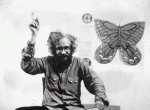
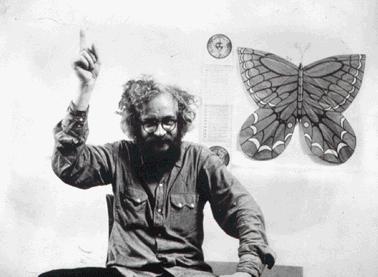







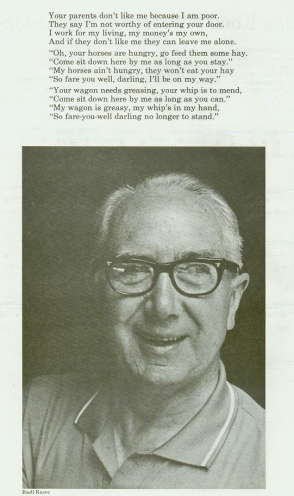
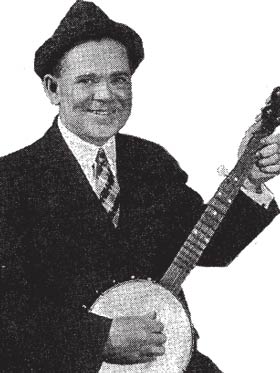
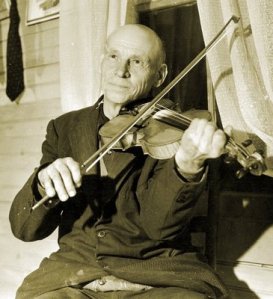


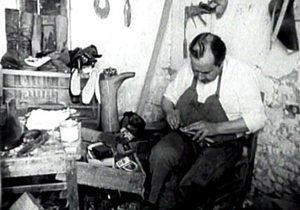
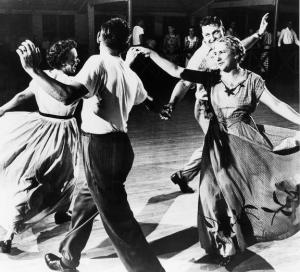
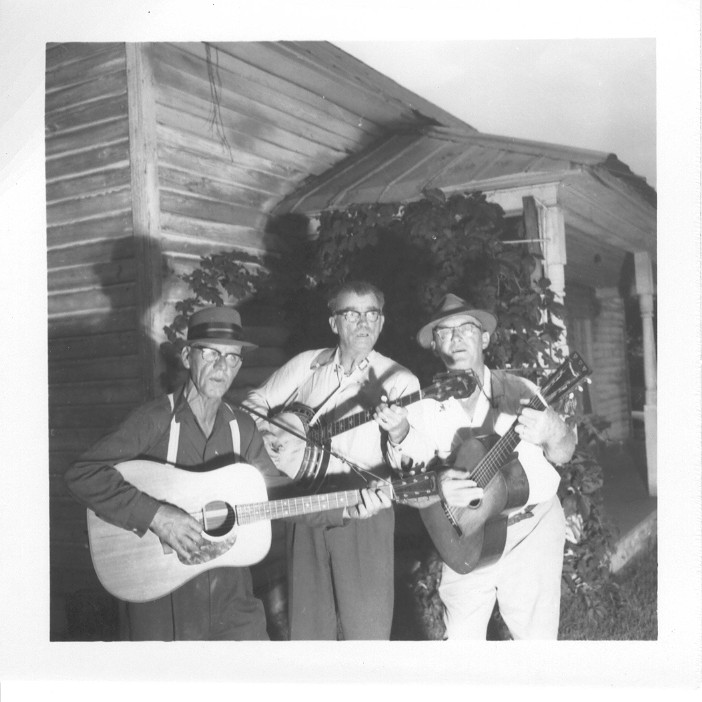



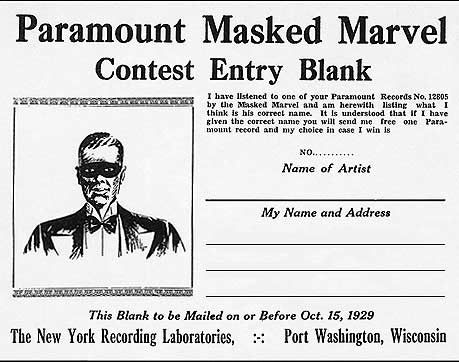

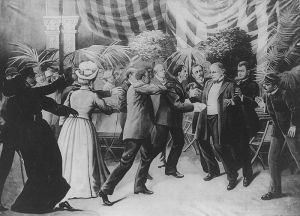





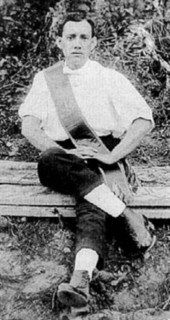
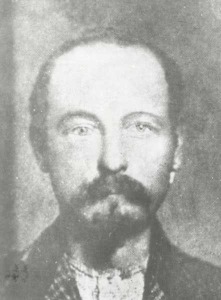
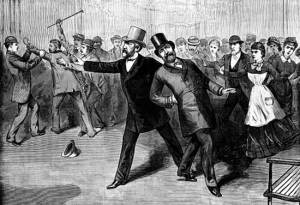
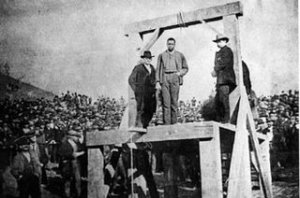
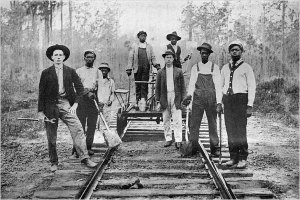

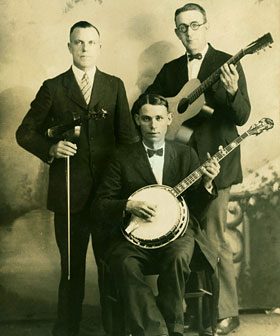





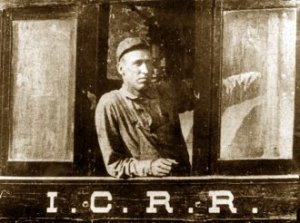





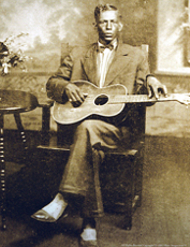
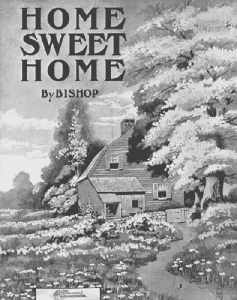



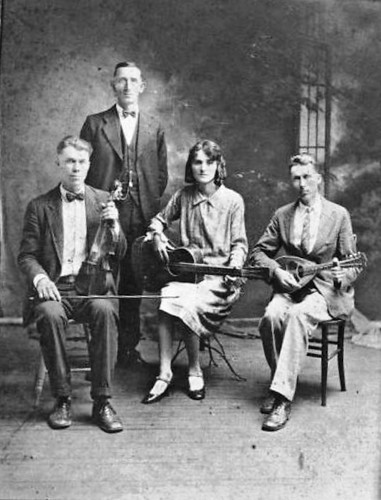




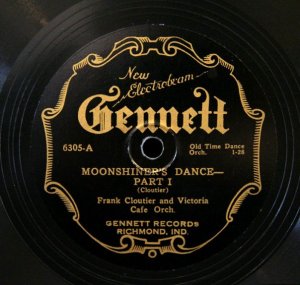











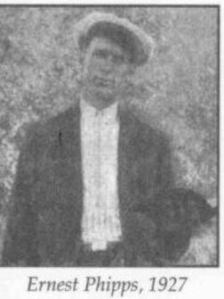






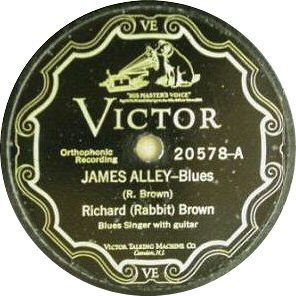
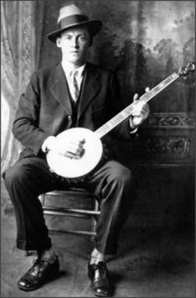


Great stuff, as always. This song had another life as “I Don’t Want Your Millions, Mister,” written by coal miner/songwriter Jim Garland to the tune of “East Virginia.”
Wonderful! I especially enjoyed the Morgan Sexton version–sounds almost middle-eastern somehow.